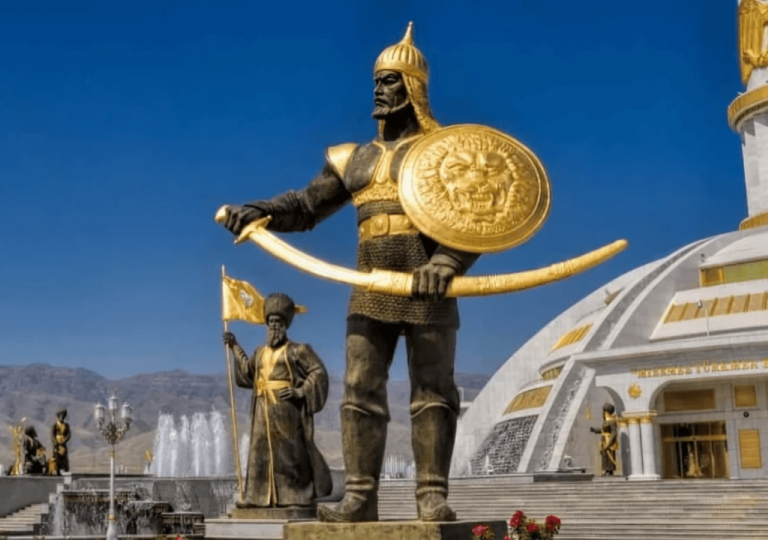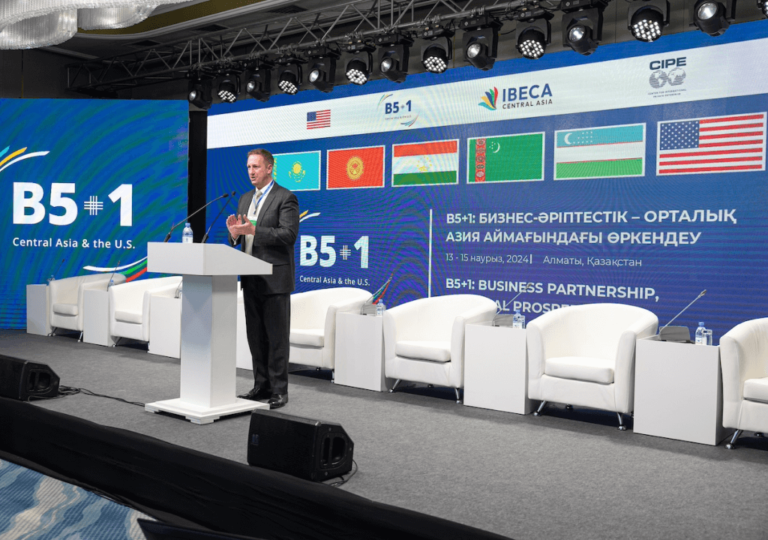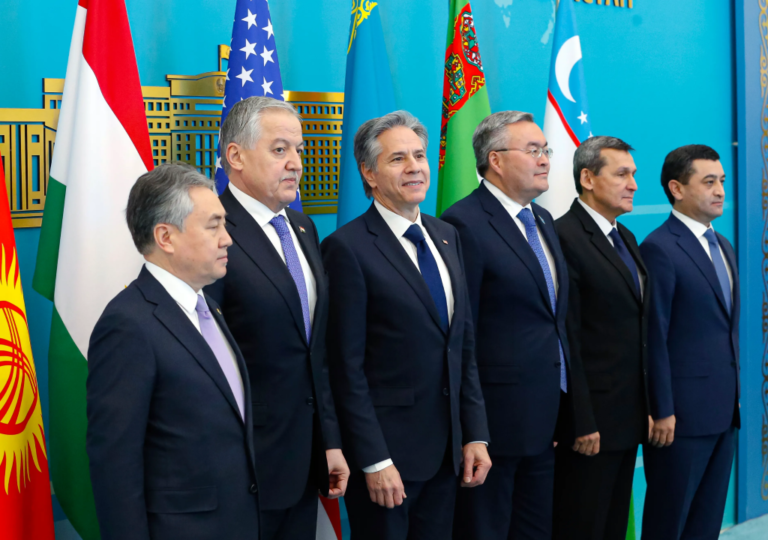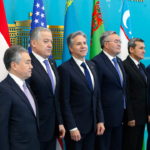Turkmenistan Eyes a Future in the Middle Corridor

Turkmenistan is pushing to integrate into the Middle Corridor trade routes, seeking to expand its economic influence and boost regional connectivity. Will it succeed in reshaping its role in Eurasian trade?






